A Kalahari Desert Special: Meerkat Wonderland at Tswalu
Many safaris are dominated by spectacular sights of elephant or watching a pride of lions hunt. Large animals captivate us and for good reason! My favorite animal is unequivocally the elephant. I can happily watch elephant for hours at a time. I am also very fond of the large predators, especially leopards, because I spent many years following the lives of several resident leopard at Singita Sabi Sand and grew to know and love these beautiful, big cats very much.
However, there are some aspects of safari, often in the form of smaller wildlife, that may escape the average safari-goer if they are not paired with an excellent guide who appreciates things big and small, as well as dramatic and subtle, alike.One such small creature is the meerkat, also known as the suricate. Meerkats are, in effect, desert-adapted mongoose: they have found extraordinary ways to thrive in the Kalahari Desert.
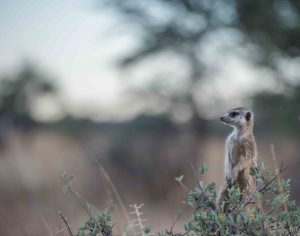
We had the wonderful opportunity to spend some quality time with these animals on our last privately-guided safari to South Africa, when we visited Tswalu. One early morning, well before the sun was up, we left the lodge and headed to a local burrow where our guide, Liam, knew that they had been resting overnight. After some quick guidance from Liam about do’s and don’ts while watching meerkat on foot, we patiently waited for them to exit their burrow. We did not have to wait long, as they were eager to start foraging as soon as the sun’s first rays hit the desert earth.
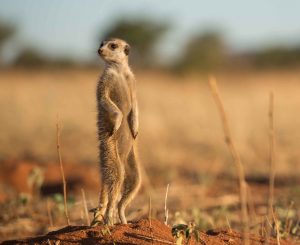
The meerkats were clearly very hungry as they did very little sun-bathing or grooming upon exiting their burrow, which they often do. Instead, they went straight out in search of food. This was likely due to the season: it was late November and at the end of the difficult dry season; food was becoming harder and harder to come by. The members of this particular group of meerkats at Tswalu are habituated to the presence of humans, which means that they will go about their business (excuse the pun: the collective name for mongoose is “business”) without paying their observers any notice whatsoever. This rare dynamic gives you a wonderful insight into how they feed, scan for predators, maintain their boltholes, etc. Predominantly, the meerkats that we were watching were digging for beetle grubs. They can smell and hear this food course up to a foot underground and upon getting a sense for a grub below the surface, they would dig at a furious pace. One meerkat can dig a hole deeper than his entire body in only a couple of minutes.
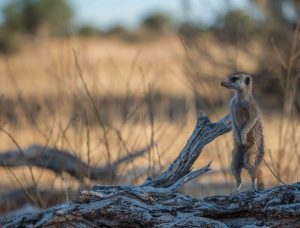
We were lucky to have our morning graced by these lively, dynamic and yes, cute, creatures while at Tswalu. For many of our guests who departed Africa a few days later, the most impressionable sighting that they had during their trip was not necessarily the large animals but these little meerkats going about their delightful meerkat ways in the centre of the vast, cool, and sunlit Kalahari Desert.


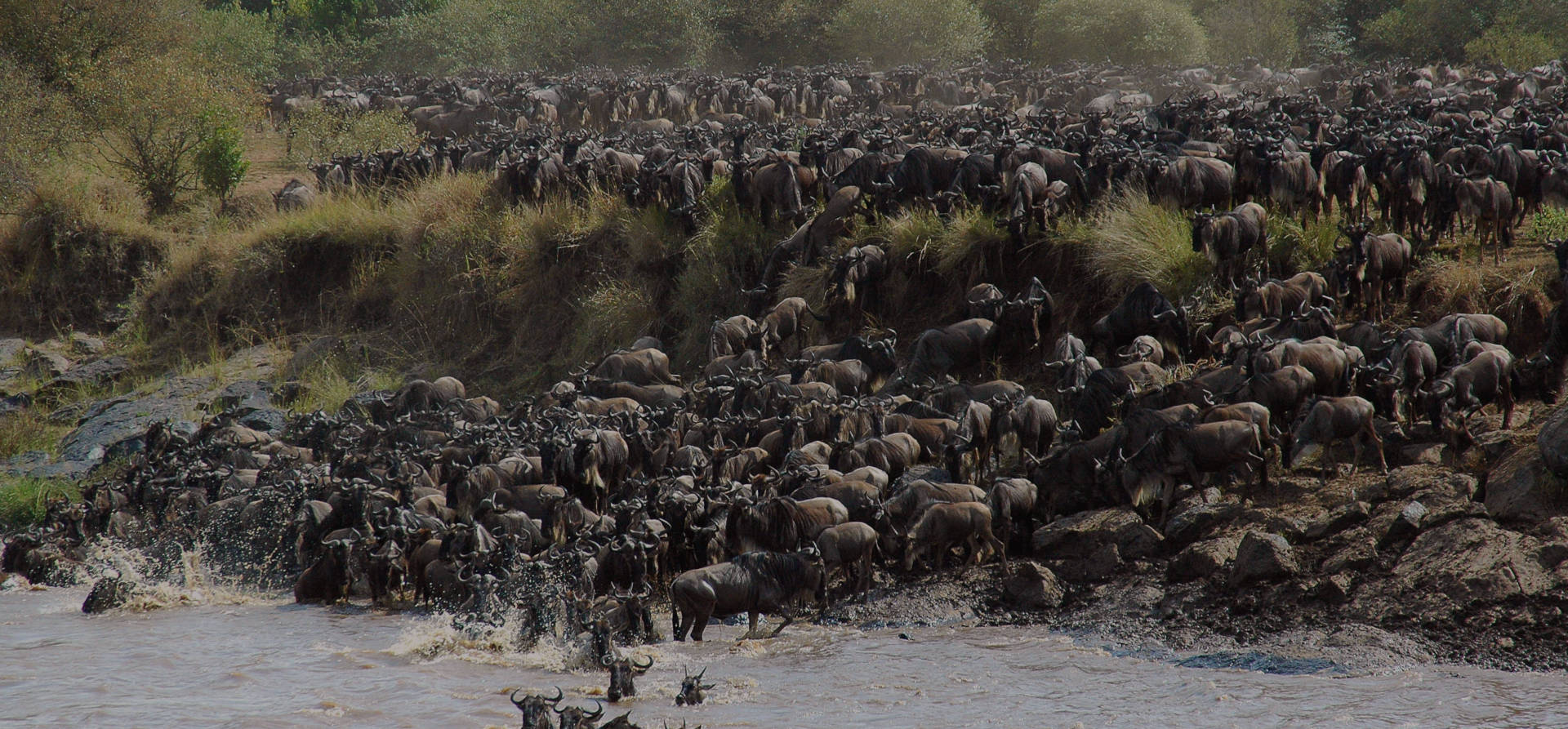
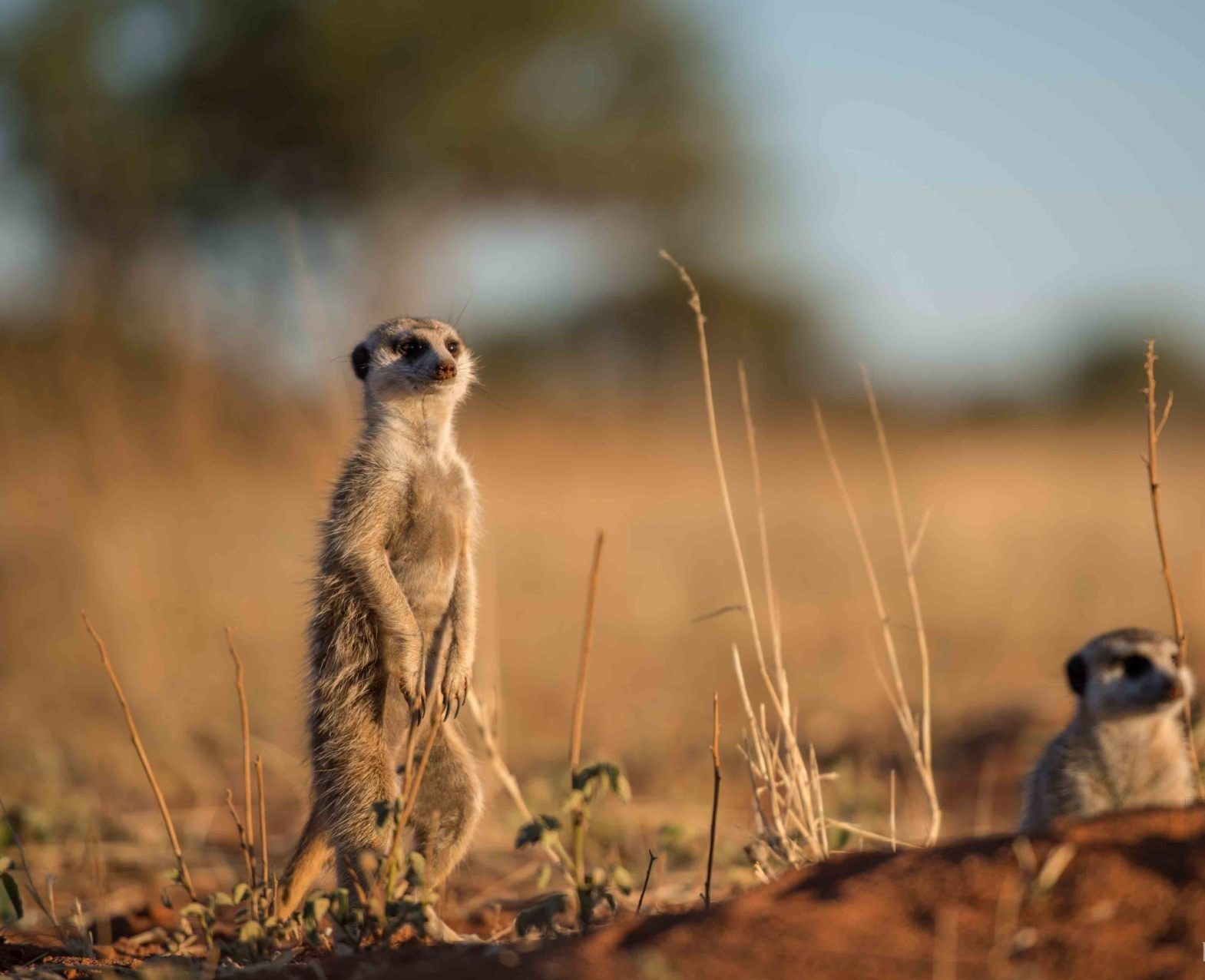
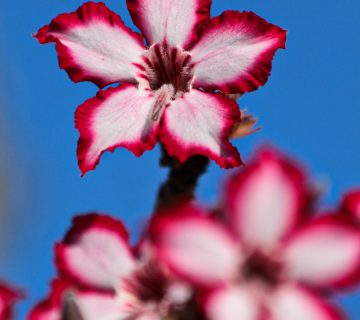
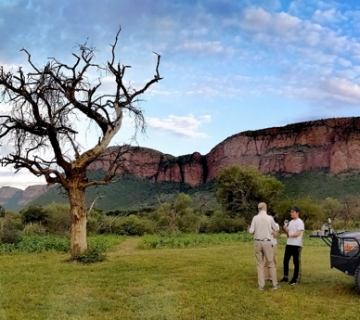
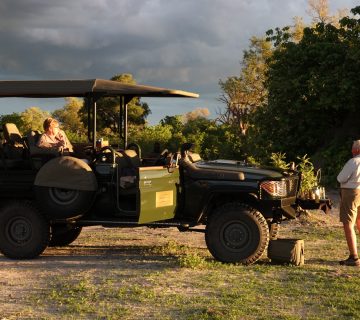

Like!! I blog quite often and I genuinely thank you for your information. The article has truly peaked my interest.